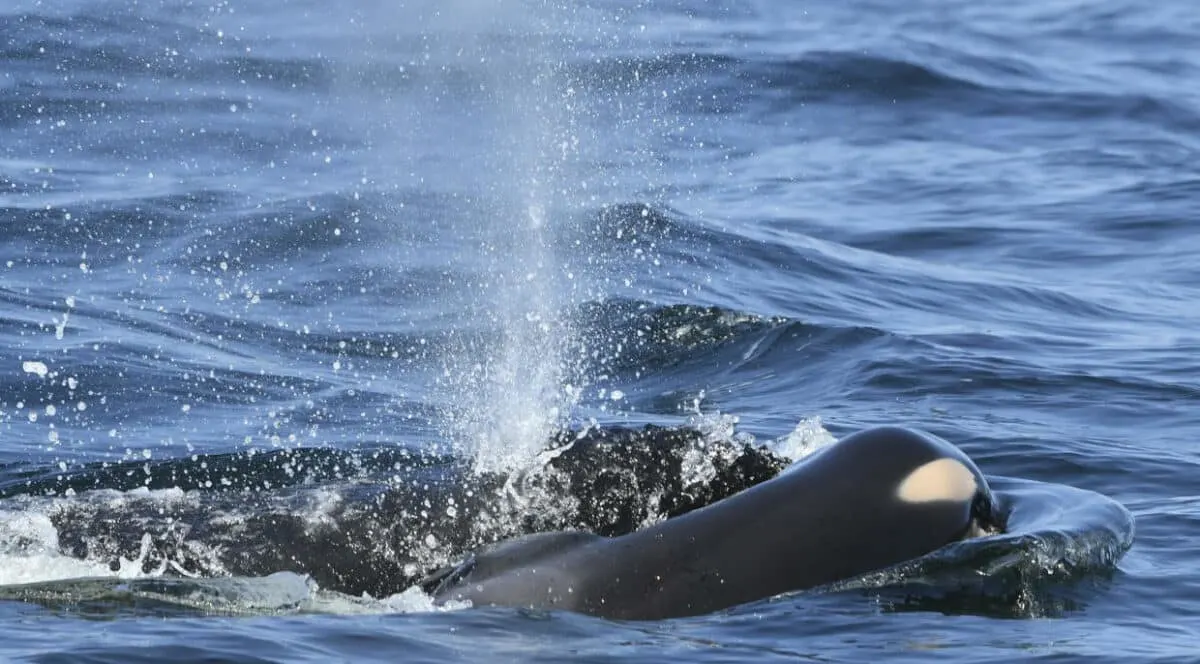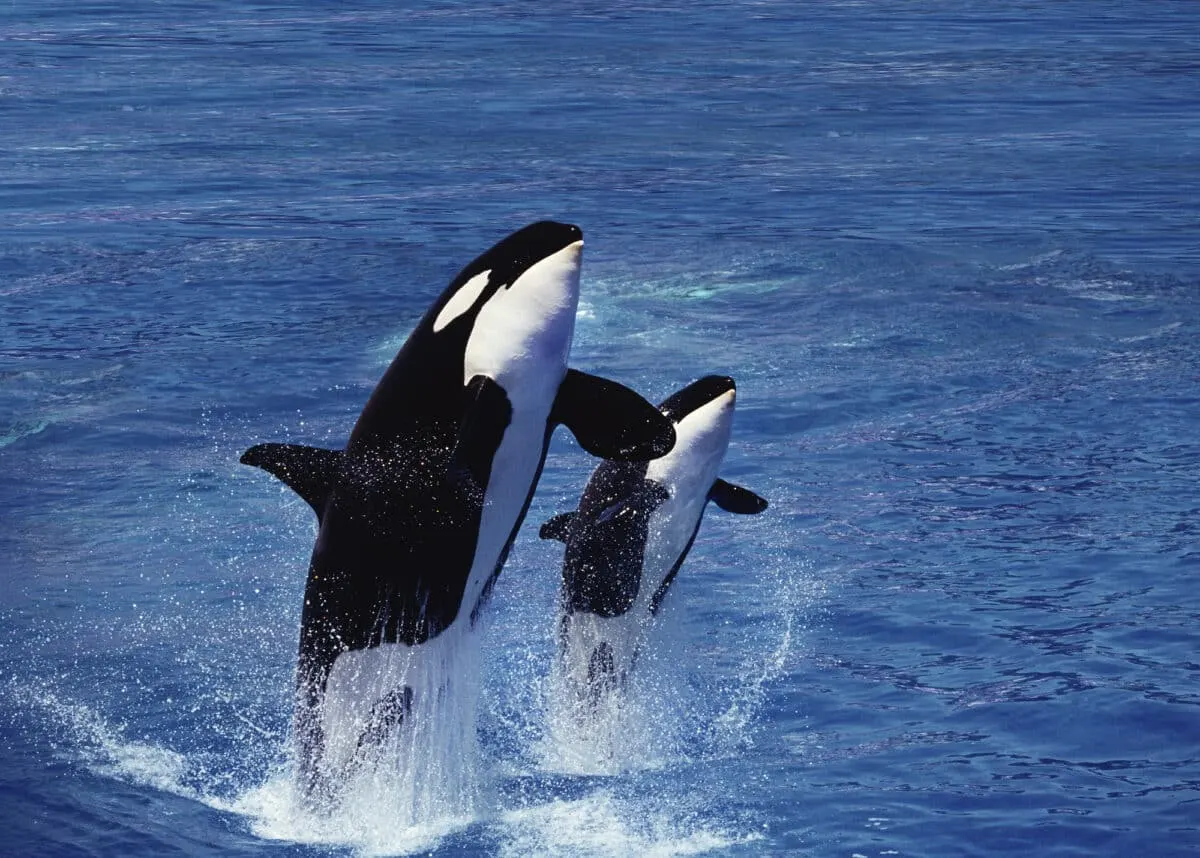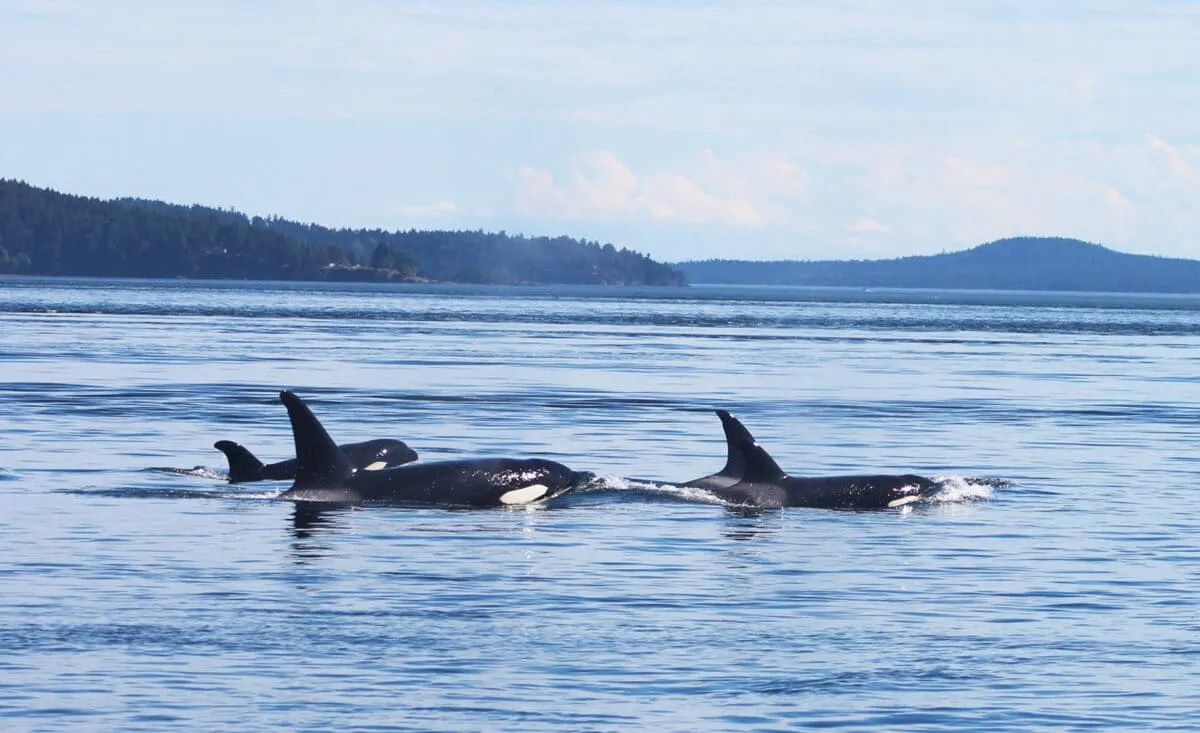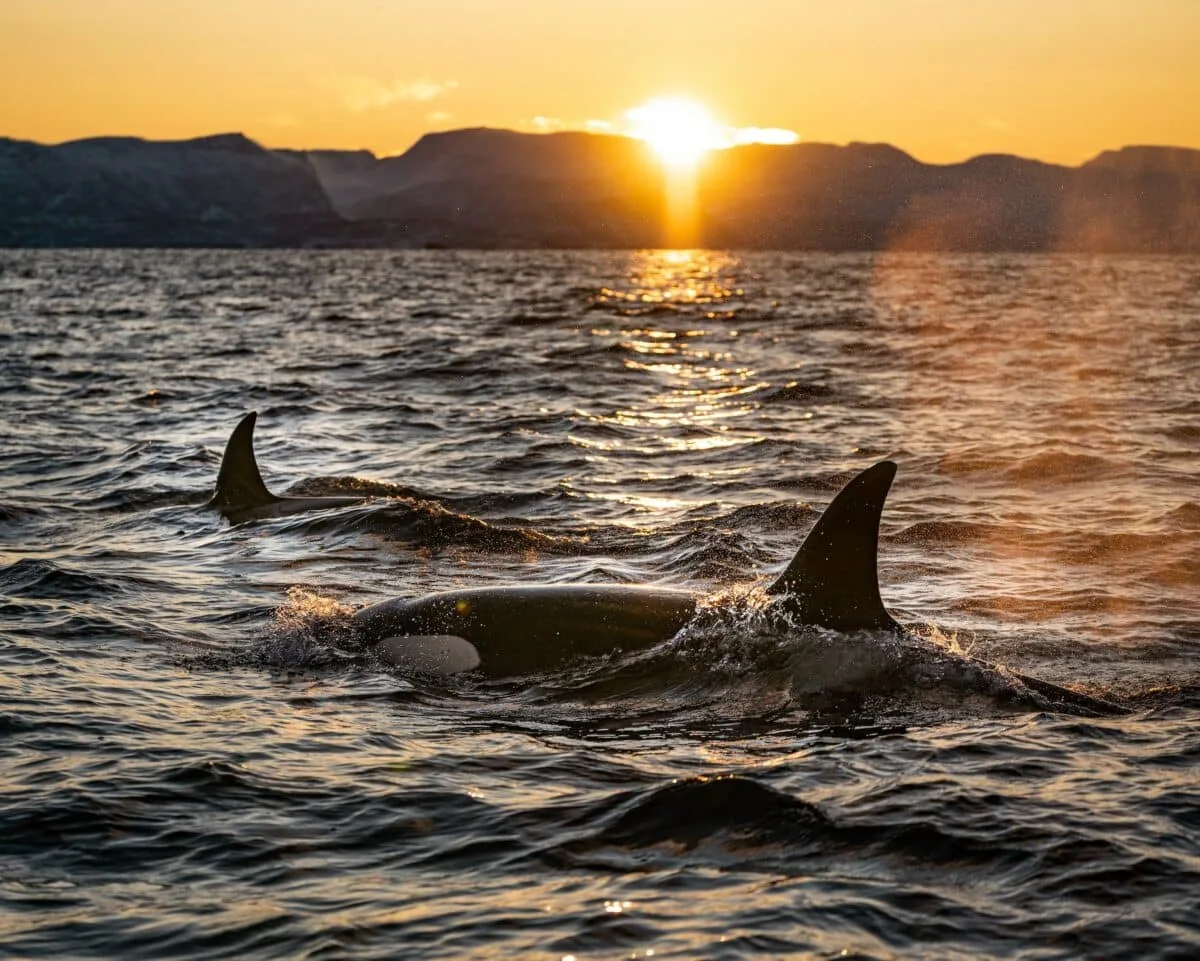Orca Mother Carries Dead Calf For 17 Days Across 1,000 Miles

©David Ellifrit/AP
Orcas, commonly known as killer whales, possess not only physical strength but also deep emotional capacity. This account of a grieving orca mother named Tahlequah demonstrates the profound emotions and maternal connections that exist among different species.
From the sorrowful journey of a mourning orca mother to the eventual birth of a new calf, this story exemplifies resilience and survival.
This article presents an overview of Tahlequah’s journey while also exploring the critically endangered status of the Southern Resident Killer Whales.
Key Points
- Tahlequah’s 17-day journey carrying her deceased calf illustrates the remarkable emotional intelligence of orcas.
- Orcas exhibit enduring bonds between mothers and offspring, as demonstrated by Tahlequah’s prolonged period of grief.
- The population of Southern Resident Killer Whales, including Tahlequah’s pod, is critically endangered, with only 74 individuals remaining.
- Tahlequah successfully gave birth to another calf in 2020, underscoring the vital significance of conservation efforts.
Emotional Passage of an Orca Mother Carrying Her Deceased Calf

In 2018, a renowned orca named Tahlequah (or J35) from the Southern Resident Killer Whale population gained global attention through her extraordinary expression of grief.
Shortly after giving birth, Tahlequah’s newborn calf tragically passed away within half an hour. Following this devastating loss, she embarked on a poignant journey, known as the “tour of grief,” which astonished researchers and the public due to its unprecedented duration.
For 17 days and across a distance of 1,000 miles, Tahlequah carried her deceased calf on her forehead, diligently retrieving it whenever it slipped off. This profound display of sorrow and maternal devotion eventually culminated with the moment when she released her lifeless offspring—a deeply moving symbol of her heart-wrenching anguish.
This mourning voyage traversed the vast Pacific Northwest, commencing near Victoria, British Columbia, where the calf was born. After covering 1,000 miles, Tahlequah finally let go of her calf somewhere in the Salish Sea.
Insights into Orca’s Emotional Intelligence
Tahlequah’s profound sorrow over the loss of her calf highlights the deep emotional connections and intelligence observed in orcas. Many marine biologists view these reactions as signs of high emotional intelligence, comparable to that of humans. Orca societies exhibit exceptionally strong and enduring mother-offspring bonds, which can evoke intense grief responses, considering the species’ low birth rate.
By carrying her deceased calf for nearly three weeks, Tahlequah’s extended mourning emphasizes the orcas’ capacity for long-term memory and emotional depth. This behavior suggests that orcas can experience a wide range of emotions and demonstrates their significant ability for empathy and compassion.
Conservation Status of Tahlequah’s Pod

Tahlequah belongs to the J pod, one of three pods (J, K, and L) within the critically endangered Southern Resident Killer Whales (SRKW) population. As of July 2023, there are only 74 individuals remaining.
The decline in population includes approximately 23 orcas in the J pod, which includes Tahlequah, as well as members from the K and L pods. The current count highlights a drastic decrease from the estimated historical number of around 200, emphasizing the alarming situation faced by these creatures.
Orcas’ Involuntary Diet: Growing Emaciation
The SRKW population is confronted with a serious food crisis due to the diminishing availability of their primary food source, Chinook salmon. Overfishing, habitat destruction, and climate change contribute to the decline of these salmon.
Since Chinook salmon constitutes up to 80% of the orcas’ diet, their scarcity results in nutritional stress among the orcas. This, in turn, negatively impacts their health and reproductive capabilities, potentially contributing to the loss of Tahlequah’s calf.
The orcas’ dependence on Chinook salmon, given its high fat content and year-round availability, further exacerbates their survival challenges, closely intertwining their fate with that of the Chinook salmon population.
Alarming Mortality Rate Among Newborns
In addition to the food shortage, orca calves face additional threats from pollutants and noise pollution. The orcas’ fat tissues store toxic substances like PCBs, acquired from their diet throughout their lives.
During gestation and lactation, these toxins are transferred from the mother to the calf, weakening their immune systems and making them susceptible to diseases. Consequently, the mortality rate among newborn orcas is significantly high.
Tahlequah Delivers Another Baby, Spreading Happiness

In September 2020, Tahlequah (J35) gave birth to a new calf, bringing immense joy and relief worldwide. This event held special significance for the endangered Southern Resident Killer Whale population, which is at risk of extinction.
The newborn, named J57, was seen energetically swimming alongside its mother soon after birth. Based on its size and visible fetal folds, researchers estimated that J57 was born on September 4, 2020, indicating a recent birth.
The successful arrival of J57 not only brought happiness but also contributed significantly to the survival and recovery of this endangered species. The birth of this new calf represents a new generation and a positive step towards the species’ challenging journey of recovery.
This event highlights the urgent need for continued conservation efforts focused on the well-being of Southern Resident Killer Whales and their habitat.
Orca Mother Carries Dead Calf: Summary
The story of Tahlequah not only represents the personal journey of a single orca but also highlights the immense struggle faced by the entire species. Her sorrowful journey reflects the grief and loss experienced by orcas, showcasing their remarkable emotional intelligence that is comparable to humans.
Despite the heartbreak, a glimmer of hope emerges with the birth of J57, symbolizing a significant step towards preserving and revitalizing the endangered Southern Resident Killer Whale population.
Tahlequah’s tale underscores the inseparable connection between orcas and their environment, underscoring the pressing need for conservation initiatives. As we rejoice in the arrival of J57, it serves as a reminder of our shared responsibility to ensure the survival of this extraordinary species.
Taking immediate and substantial actions to safeguard their habitats and food sources becomes crucial as their continued existence depends on our efforts.